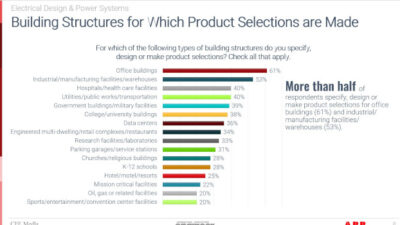If excavation and preservation are factored into a project early, they can add a surprising amount of value to a project in both societal and economic terms.

Dealing with freshly discovered archaeological assets is often seen only as a cost to developers. But if excavation and preservation are factored into the project early, I believe they can add a surprising amount of value to a project.
Displaying and incorporating remains into a building provides one way to recoup some of the money the developer has invested in the archaeological mitigation. This surely has to be a better option than simply slowly digging remains away or reburying them and potentially reducing the size of the development. Better still, the previous history of the site informs how best to use it in future and gives more character to the project proposals.
Take the Merrill Lynch site in the City of London north of St Paul’s Cathedral that Arup worked on, for example. Here, thanks to the careful 1920s works, the Roman and medieval City Wall had been preserved and set in a separate chamber. Although it was dank and partially flooded, we were able to reengineer it, conserve the remains and change the environment to create first-class preservation conditions. The new chamber, which can be viewed from above, is now accessible to the public and used for events by Merrill Lynch.
At Governor’s House in London we preserved the remains of the Roman Governor’s palace (Scheduled Monument) by re-locating piles and using chunky load transfer structures. And at the London Millennium Footbridge we preserved medieval wharves under the City and Southwark massive abutment pile caps.
There are other interesting things starting to happen around the world. In Antakya, Turkey, vast areas of fantastic decorated mosaic pavements are preserved as features of the reception areas of a Hilton hotel. In China, so fantastic are some remains that they are being progressively preserved within enormous and highly elegant visitor centers – major development projects in their own right.
However, I think the profession – including Arup – could do more to address our archaeological cultural heritage. Most countries have planning laws and ethical approaches that protect archaeological remains, if not they are fully covered by international heritage charters.
But there is much more to be done on integrating cultural heritage into schemes in developing countries and in conflict zones. This is where I believe the next challenges are to be found. Once gone, the assets cannot be reinvented and our ‘living’ cultures are worse off without them.
To realize as much added value as possible, I think projects should follow these steps:
- Consider a site’s history and archaeological potential and investigate its buried character.
- Educate the client and architect about the possibilities, modeling the cultural, commercial and financial advantages to a scheme.
- Capture ideas in the concept stage of the design when it’s possible to influence the architect and planners – after this, it may be too late to effect design changes.
- Educate engineers about in situ preservation.
- Ensure the cultural value of the site is considered within its present context.
- Plan for ongoing conservation, maintenance and management of the assets.
With these steps in place, I think developers will find that archaeology costs less and returns more – in both societal and economic terms.
Richard Hughes is a consultant with Arup since 1982 and have experience with the assessment and conservation of masonry buildings, sites and landscapes in the Middle East and Asia , especially world heritage sites. This article originally appeared on Arup Thoughts. Edited by Joy Chang, Digital Project Manager, CFE Media, [email protected]



